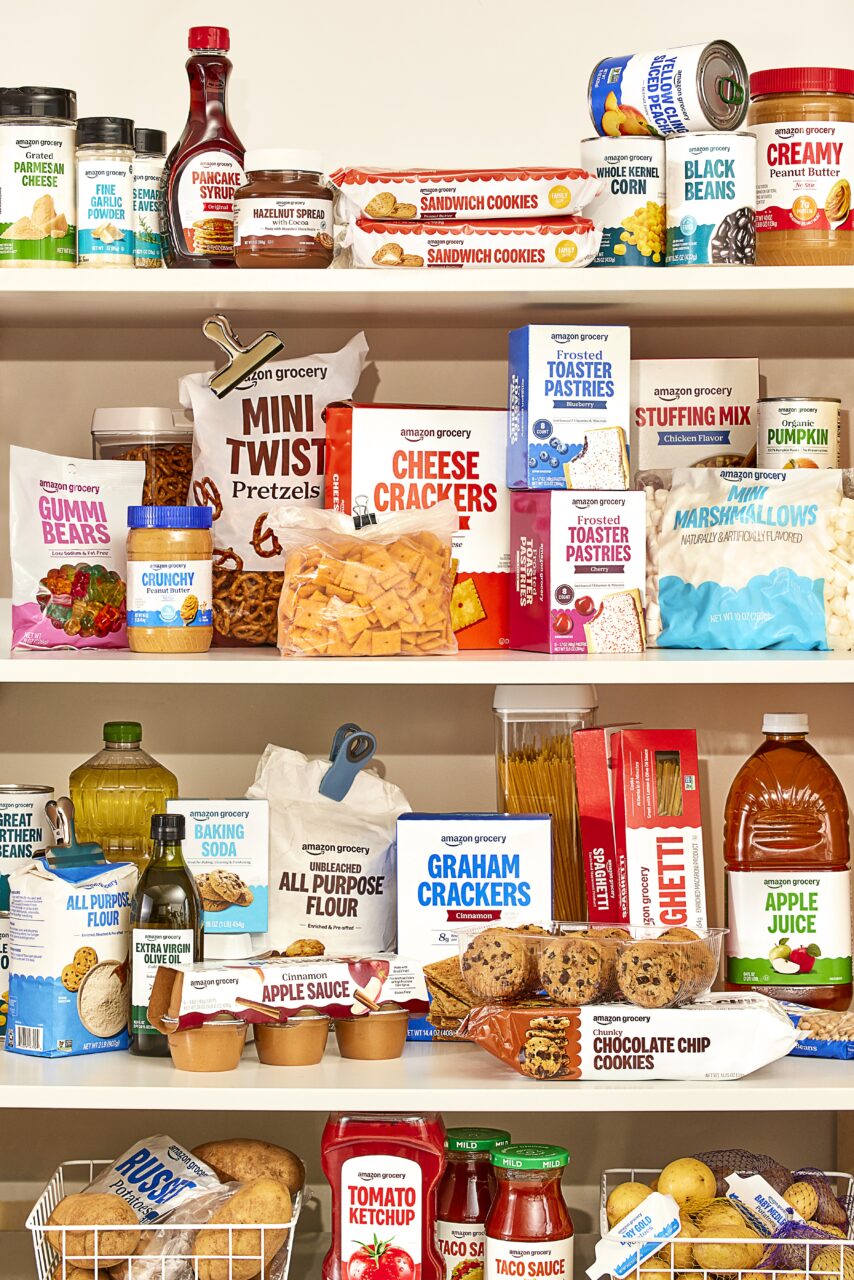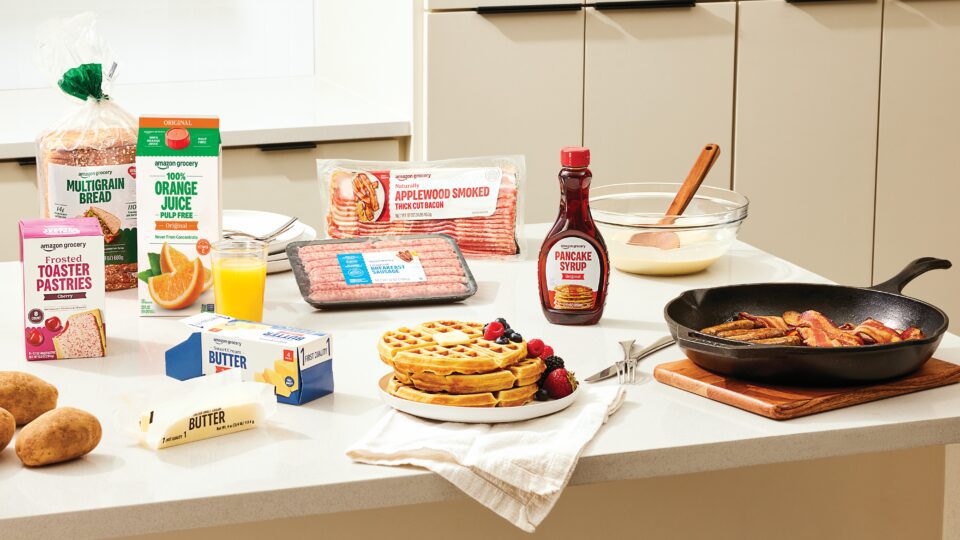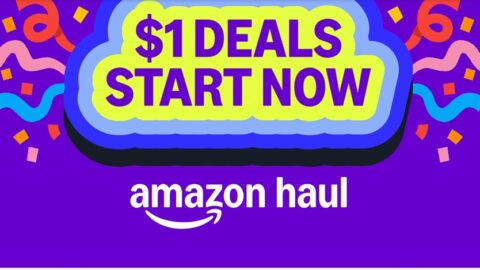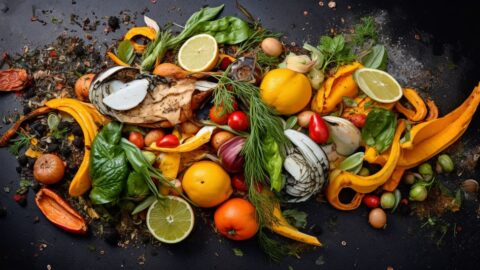Amazon is uniting two of its private label grocery brands — Amazon Fresh and Happy Belly — under the simplified Amazon Grocery banner. The renamed private label brand features more than 1,000 food items rated four-stars or above on Amazon.com — including everything from milk and olive oil to fresh produce, meat and seafood — with most products priced under $5. The company’s other private label grocery brands, including Amazon Saver and 365 by Whole Foods Market, will continue under their own branding.

Amazon Grocery products are available now on Amazon.com and at Amazon Fresh, both online and in stores. The debut follows Amazon’s expansion of same-day fresh food delivery nationwide in August.
All of this is part and parcel of Amazon’s years-long effort to become a grocery leader. “We’re seeing that after a customer places a few same-day delivery orders that include fresh groceries, they begin shopping Amazon Fresh and Whole Foods Market for their full-service grocery needs,” shared Sam Heyworth, Amazon’s VP of Consumables in an interview with Retail TouchPoints earlier this year.
A strong private label brand will add another draw for repeat grocery business. “With Amazon Grocery, we’re simplifying how customers discover and shop our extensive private label food selection while maintaining the quality and value our customers expect and deserve,” said Jason Buechel, VP of Amazon Worldwide Grocery Stores and CEO of Whole Foods Market in a statement.
More Direct Private Label Branding Signals Shift in Consumer Sentiment
Amazon’s simplified private label branding follows on a similar move earlier this week by Aldi, which included the debut of Aldi-branded products and the addition of an “Aldi Original” tag on its more creatively named private brands, such as Clancy’s and Simply Nature.
These moves speak to a marked shift in consumer attitudes toward private label brands over the last few years indicating that private label is quickly shedding its down-market stigma. And in the current economic environment — where ongoing inflation and tariffs are causing food prices in particular to skyrocket — the lower prices of private label offerings are an even bigger draw. It makes sense for retailers to call out a private label’s status as an owned brand rather than couch it behind creative, often opaque, branding.
Case in point: Amazon’s private label brands already have been gaining momentum with customers — shoppers purchased 15% more private-brand products in 2024 at Whole Foods, Amazon Fresh and Amazon.com than they did in 2023, according to the company. Amazon also touted the fact that the new Amazon Grocery branding “features a modern, clean and distinctive design with bold, easy-to-read typography to enhance shopping ease and quickly identify high-quality, budget-friendly options.”
Amazon Grocery Debut Includes Expanded Product Lineup
To celebrate the launch of Amazon Grocery, Amazon is adding to the label’s lineup with new items such as fresh bakery cinnamon rolls, refrigerated pizza dough, bottled spring water and refrigerated lemonade. More additions will be rolling out in the coming months, including new frozen pasta meals, pie fillings, granola, sliced loaf cakes and an expanded selection of deli meats, canned beans and frozen vegetables.
And in a continuation of its ongoing sustainability efforts, Amazon Grocery packaging focuses on reduced plastic usage where possible. As an example, the packaging for Amazon Grocery apples now uses 50% less plastic than it previously did.
Amazon’s Years-Long Effort to Own Grocery
All this activity supports Amazon’s ongoing efforts to become a leader in grocery, beginning with its acquisition of Whole Foods Market in 2017. Whole Foods remains a strong brand, with an expanded footprint and sales up 40% through Amazon’s tenure. Amazon Fresh, after a pause and a number of pivots, appears to be gaining steam, but the banner is far from dotting the countryside in the U.S. and is closing all its stores in the UK to focus solely on delivery in that country. And after a raft of closures, the Amazon Go convenience concept appears to no longer be a focus of growth, with the store count for that banner now whittled down to 16.
But while no one Amazon banner is yet winning the space, the big picture is very different — even if you exclude sales from Whole Foods Market and Amazon Fresh, Amazon already is one of the largest grocers in the U.S., with over $100 billion in gross sales. This is because of Amazon.com’s growing grocery dominance, which includes a wide swath of non-perishable Amazon Essentials items, a growing roster of fresh products and now the new Amazon Grocery private label.













